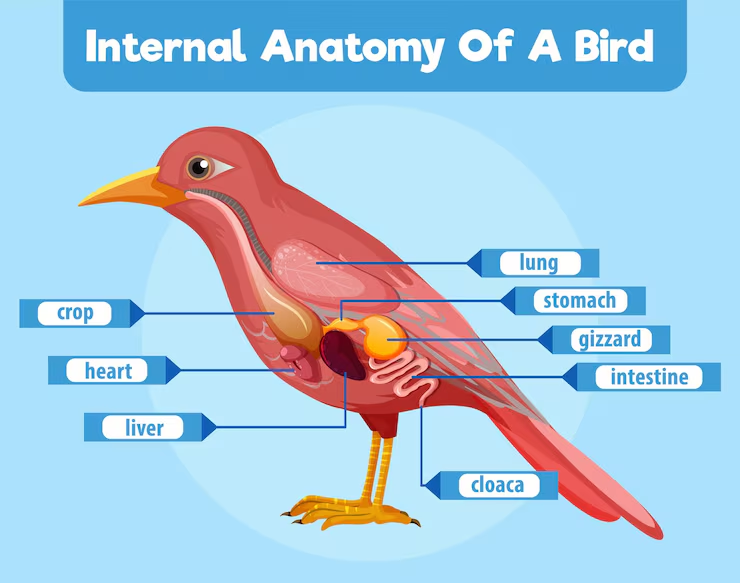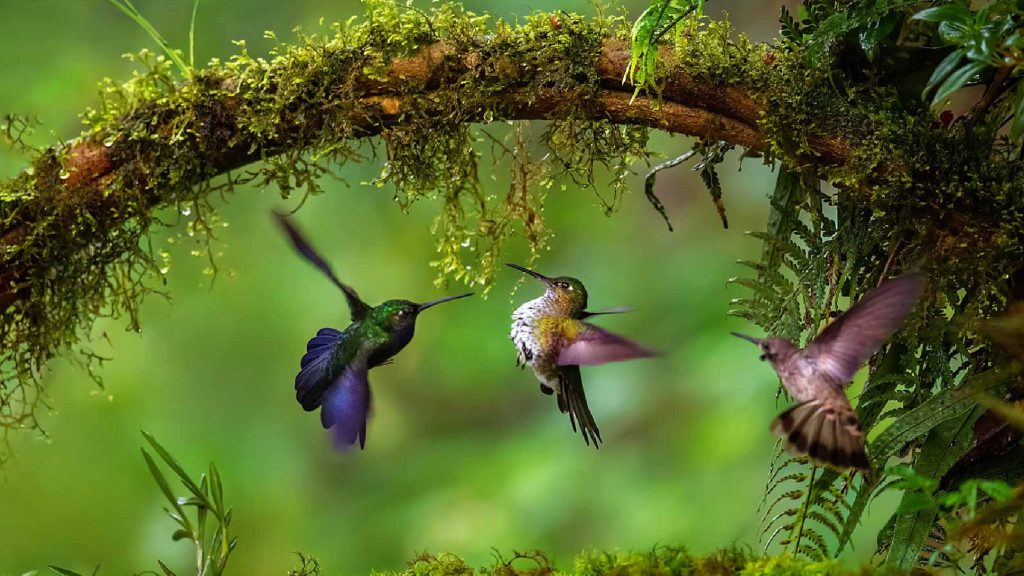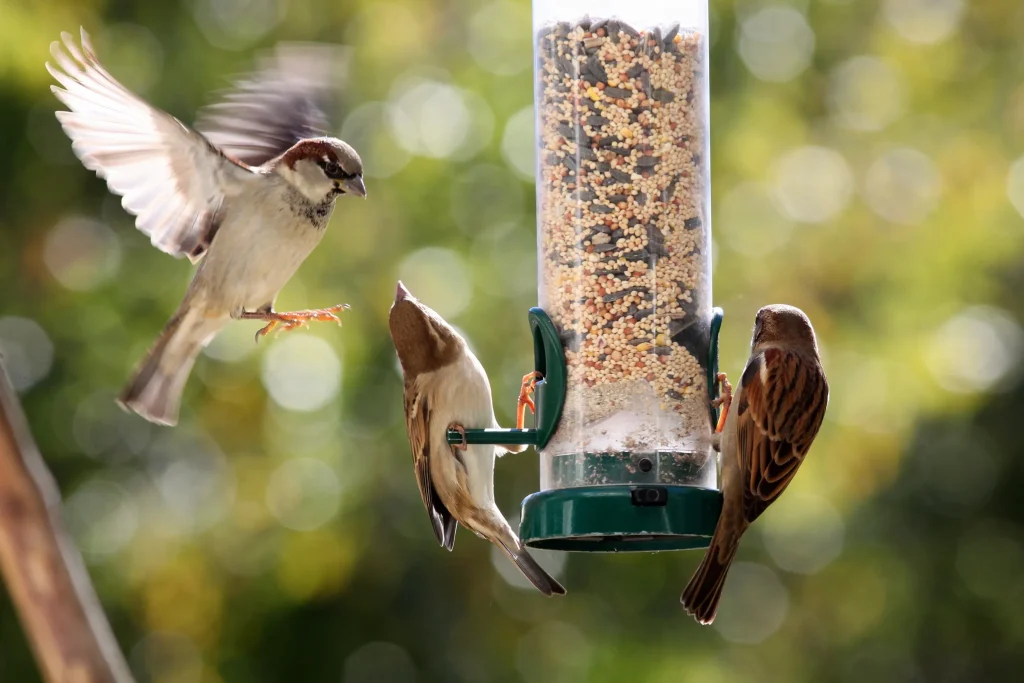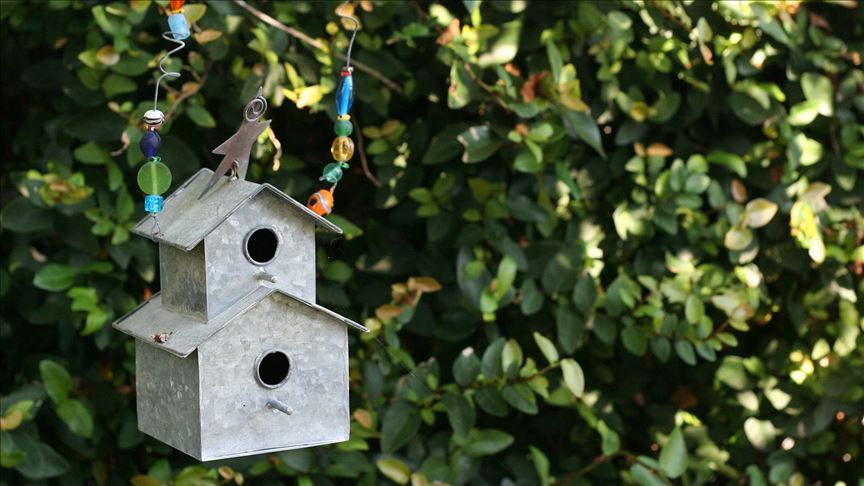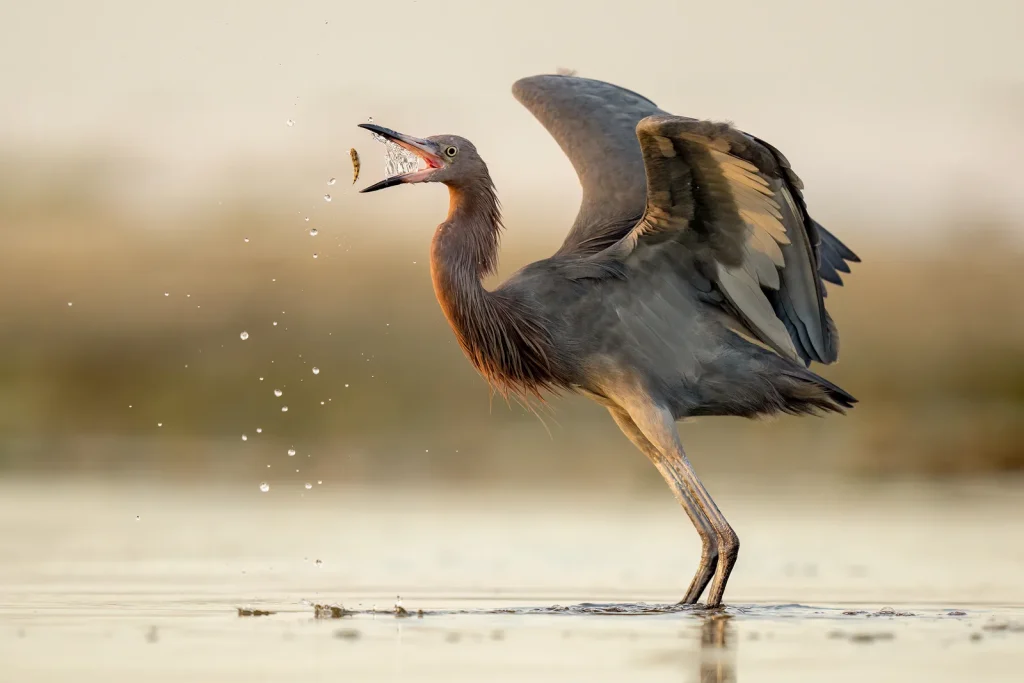Imagine finding a bird with a broken wing right outside your home. You want to help, but you’re unsure what to do next.
Knowing how to treat a broken wing on a bird can make all the difference in saving its life and giving it a chance to fly again. You’ll discover simple, effective steps to care for the injured bird safely and confidently.
Keep reading, because your quick actions could turn a moment of helplessness into hope and healing.
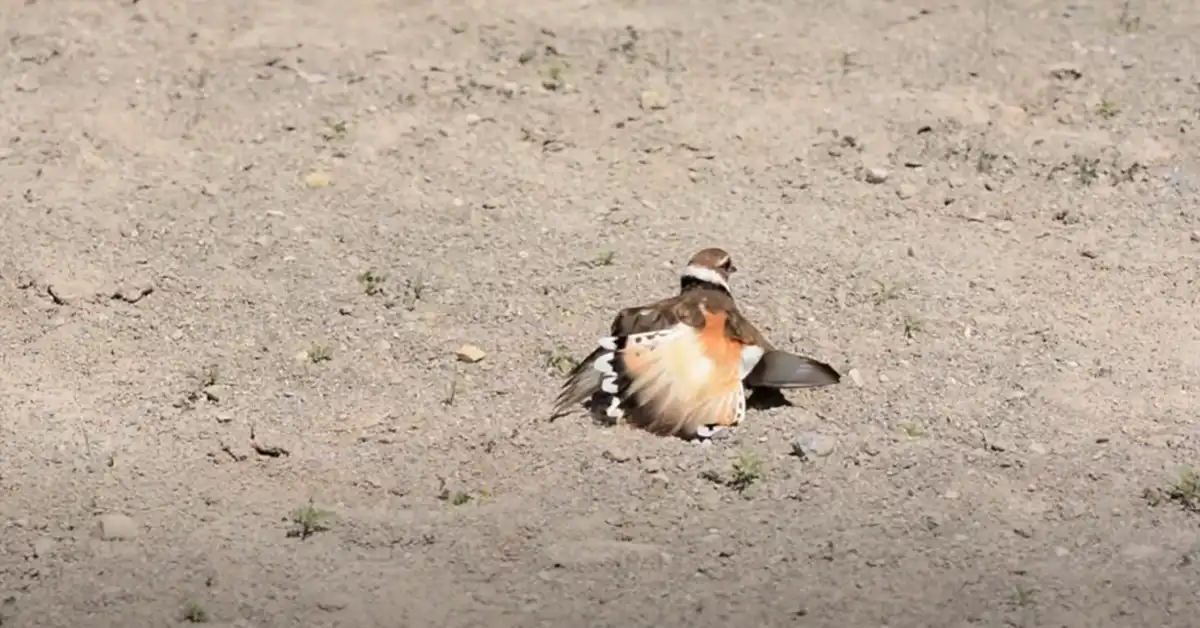
Credit: www.earthofbirds.com
Identifying A Broken Wing
Birds can hurt their wings in many ways. Knowing how to spot a broken wing helps you act fast.
This guide explains how to tell if a bird’s wing is broken. You will learn the signs, causes, and when to get help.
Signs Of Injury
Look closely at the bird to find signs of a broken wing. The bird may show pain or trouble moving its wing.
Common signs include swelling, bleeding, or strange wing positions. The bird might also avoid flying or use the wing less.
- Swelling or bruising on the wing
- Visible cuts or bleeding
- Wing hanging limply or at an odd angle
- Bird flinching or crying out when touched
- Bird unable or unwilling to fly
Common Causes
Bird wings break for many reasons. Knowing these helps prevent injuries and keep birds safe.
Most broken wings happen from falls, fights, or accidents. Sometimes, cages or windows cause injuries.
- Falling from a high place
- Attacks from other animals
- Flying into windows or walls
- Getting caught in cages or nets
- Car accidents or human interference
When To Seek Help
If you think a bird has a broken wing, get help quickly. A vet or wildlife expert can give proper care.
Do not try to fix the wing yourself. Moving the bird too much can cause more harm.
- Bird shows severe pain or bleeding
- Wing looks deformed or bent
- Bird cannot fly or move the wing
- You find the bird in danger or alone
- Unsure about the injury’s severity
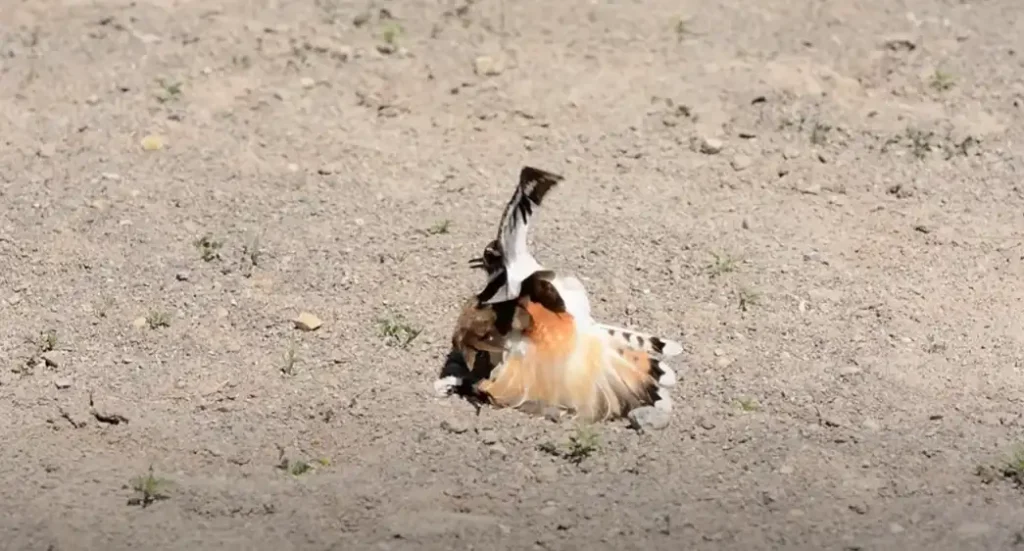
Credit: www.earthofbirds.com
Initial Care Steps
Caring for a bird with a broken wing requires calm and gentle actions. Your goal is to keep the bird safe and reduce its pain. You must act carefully to avoid causing more injury.
This guide explains how to approach the bird, immobilize its wing, and create a safe space for recovery.
Approaching The Bird Safely
Birds with broken wings are scared and may try to escape or bite. Approach slowly and quietly to avoid stressing the bird more.
- Wear thick gloves to protect your hands.
- Move calmly and speak softly to calm the bird.
- Use a towel or cloth to gently cover the bird’s body.
- Hold the bird securely but without squeezing.
Immobilizing The Wing
Immobilizing the broken wing helps prevent more damage and reduces pain. Use soft materials to keep the wing stable.
| Material | Purpose |
|---|---|
| Soft cloth or gauze | Wrap around the wing gently |
| Small splint (like a tongue depressor) | Support the wing’s shape |
| Medical tape | Secure the splint and cloth without tightness |
Make sure the wing is snug but not tight. Check for blood flow by watching the bird’s toes for color and warmth.
Creating A Comfortable Space
The bird needs a quiet, warm place to rest after you stabilize its wing. This space should protect the bird from noise and other animals.
- Use a small box or pet carrier with soft bedding.
- Place the box in a warm, dark room.
- Keep food and water nearby but out of reach of the injured wing.
- Check on the bird often without disturbing it too much.
Medical Treatment Options
Treating a broken wing in a bird requires careful medical attention. Different methods help the wing heal properly. This guide explains common treatments used by experts.
Knowing the right steps helps prevent further injury. Proper care can improve the bird’s chance to fly again.
Consulting A Veterinarian
A veterinarian checks the bird’s wing and overall health. They may take X-rays to see the break clearly. This helps decide the best treatment plan.
Only a vet can give the correct medicines and care instructions. Always seek professional help to avoid mistakes.
Splinting Techniques
Splinting supports the broken wing to keep it still. This helps bones heal in the right place. A splint is usually made from soft materials to avoid pain.
- Use lightweight sticks or plastic strips for the splint
- Secure the splint with medical tape or soft bandages
- Check the splint daily for tightness or damage
- Keep the bird calm to prevent pulling on the splint
- Change the splint as needed until the wing heals
Pain Management
Pain relief is important for the bird’s comfort. The vet may prescribe safe painkillers. These medicines reduce swelling and pain during healing.
| Medication | Purpose | Notes |
| Non-steroidal anti-inflammatory drugs (NSAIDs) | Reduce pain and swelling | Use only under vet guidance |
| Analgesics | Relieve pain | Given in proper doses |
| Antibiotics | Prevent infection | Needed if skin is broken |
Home Care And Monitoring
Caring for a bird with a broken wing takes patience and attention. You need to create a safe space and watch the bird closely.
Proper care helps the bird heal faster and prevents more problems. You can do many things at home to support its recovery.
Feeding And Hydration Tips
Good food and water keep the bird strong during healing. Offer fresh water every day and check the bird drinks enough.
Provide easy-to-eat foods. Soft fruits, seeds, and pellets are good choices. Avoid hard or large foods that are hard to eat.
- Change water daily to keep it clean
- Offer small portions several times a day
- Keep food and water dishes close to the bird
- Remove uneaten food to prevent spoilage
Preventing Further Injury
Keep the bird in a quiet, safe place away from pets and children. Avoid handling the bird too much to reduce stress.
Use a small cage or box with soft bedding. Remove sharp or hard objects to stop more damage to the wing or body.
- Limit the bird’s movement to protect the wing
- Check the cage for hazards daily
- Keep the area calm and avoid loud noises
- Use a towel to gently hold the bird if needed
Tracking Healing Progress
Watch the bird’s wing every day. Look for signs of swelling, redness, or bleeding. Note any changes in behavior.
Take photos to compare the wing’s condition over time. Write down what you see to share with a vet if needed.
- Check if the bird uses the wing to move
- Look for signs of pain like flinching
- Note eating and drinking habits daily
- Record any new symptoms or problems
Rehabilitation And Recovery
Helping a bird heal from a broken wing needs patience and care. Rehabilitation focuses on restoring strength and movement.
Recovery includes exercises, monitoring progress, and preparing the bird to fly again safely.
Gradual Wing Exercise
Start wing exercises slowly to avoid pain and injury. Use gentle movements to help the bird regain motion.
Allow the bird to flap its wings in short sessions. Increase the time and effort as strength improves.
- Begin with small wing stretches
- Encourage light flapping while resting
- Gradually increase exercise time daily
- Watch for signs of discomfort or swelling
Preparing For Release
Before release, ensure the bird can fly well and is confident. Practice short flights in a safe area.
Check that the bird can find food and avoid danger. A strong, healthy bird has a better chance of survival.
- Test flying in an enclosed space
- Feed the bird to build energy
- Observe balance and coordination
- Confirm no pain during flight
Signs Of Full Recovery
A fully recovered bird flies smoothly and uses both wings equally. It shows no pain or weakness.
The bird acts alert and can escape from threats. Its feathers and wing shape look normal and strong.
- Steady, even wing flapping
- Ability to fly long distances
- No limping or favoring a wing
- Normal behavior and feeding habits
Preventing Future Injuries
Taking care of a bird with a broken wing is only the first step. Preventing future injuries helps keep the bird safe and healthy.
Setting up a safe space, handling the bird carefully, and checking its health often are key actions to avoid more harm.
Safe Environment Setup
Creating a safe home for your bird lowers the risk of accidents. Remove sharp objects and keep the area quiet and calm.
- Clear the cage of loose wires or nails
- Use soft bedding to cushion falls
- Keep the bird away from busy or noisy areas
- Provide toys that are safe and not small enough to swallow
- Ensure food and water dishes are stable and easy to reach
Handling Precautions
Handle the bird gently and only when needed. Sudden moves can cause stress or new injuries.
- Wash your hands before and after touching the bird
- Support the bird’s body and injured wing carefully
- Use a soft towel to hold the bird if needed
- Limit handling time to reduce stress
- Always watch for signs of discomfort
Regular Health Checks
Check the bird’s health regularly to catch problems early. Look for changes in feathers, eyes, and behavior.
| Health Check Area | What to Look For | How Often |
|---|---|---|
| Feathers | Clean, smooth, no missing patches | Weekly |
| Eyes | Clear, bright, no discharge | Daily |
| Behavior | Active, eating well, no signs of pain | Daily |
| Injured Wing | No swelling, redness, or bad smell | Every day |

Credit: www.youtube.com
Frequently Asked Questions
How Do I Know If A Bird’s Wing Is Broken?
Signs include swelling, drooping wing, and inability to fly. The bird may also show pain when touched or abnormal posture.
What Immediate Steps Should I Take For A Broken Wing?
Gently contain the bird in a ventilated box. Avoid moving the wing excessively and contact a wildlife rehabilitator or vet promptly.
Can I Treat A Bird’s Broken Wing At Home?
Home treatment is limited to safe containment and minimizing stress. Professional veterinary care is essential for proper healing and pain management.
How Long Does It Take For A Bird’s Wing To Heal?
Healing usually takes 4 to 6 weeks depending on the fracture severity and the bird’s overall health and age.
Conclusion
Treating a bird’s broken wing requires care and patience. Follow each step closely. Ensure the bird’s safety first. Secure a quiet, warm space for healing. Consult a vet for guidance. Use a splint to support the wing. Monitor the bird’s recovery daily.
Provide fresh water and food. Offer comfort with gentle handling. Healing takes time, so stay patient. Your effort helps the bird regain strength. Soon, it may soar again. Remember, your compassion makes a difference. Every small action matters in healing.
With care, the bird’s wing can mend. You play a vital role in this journey.

